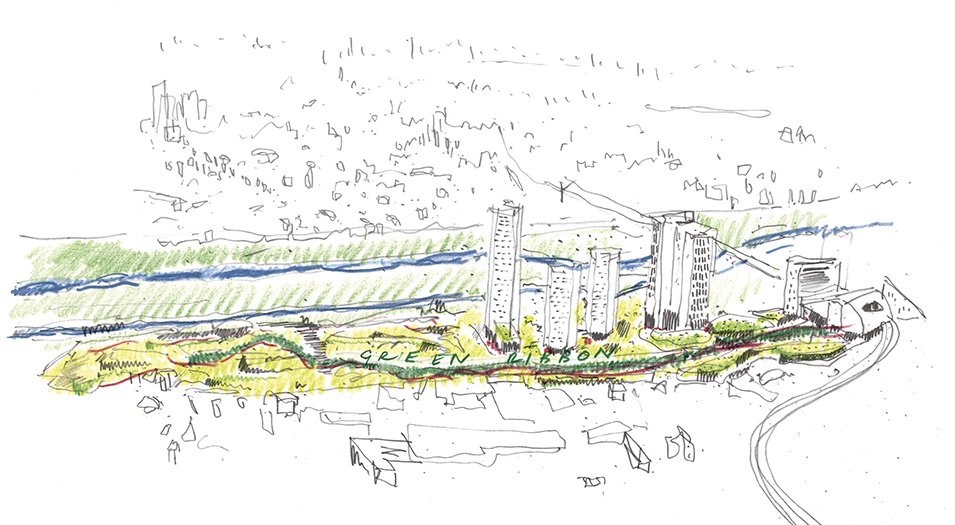JAPAN | Neighbourhood Regeneration
In 2021, Japan recorded its lowest number of births in more than a century.
Japan is at the beginning of a period of depopulation, an issue that is affecting many other countries in both Asia and Europe, but Japan is the first to experience the effects, potentially leading the way in finding a solution. The realisation of depopulation is beginning to manifest itself, with shuttered retail streets and eight million empty houses across the country.
The way forward will involve a great deal of political intervention, but architects and developers are well placed to be able to offer a vision of what regeneration, in the context of depopulation, might look like. The needs of every town and city will be different, their starting points will be different, their political, environmental and social contexts may be different, but we do believe that some common principles and approaches can be established.
As architects, urban designers and people who have a vision of what makes a successful, vibrant community, we sense that this is the time to consider the regeneration opportunities in second tier Japanese towns and cities.

Depopulation brings with it the possibility of reassessing the environmental improvements that might be established through a re-appraisal of the typology of neighbourhoods – their connection to nature, cleaning up of industrial pollution, efficient transport infrastructure, establishing a strong identity and sense of place.
It is important to firstly understand the essence of a place, where its strengths lie and how these might be developed to create a sense of identity.
For all projects, working with context, whether physical, cultural, natural, industrial, should be the driving concern. We believe that, from this will come an authentic sense of place – a place that has longevity and relevance in 21st century Japan.